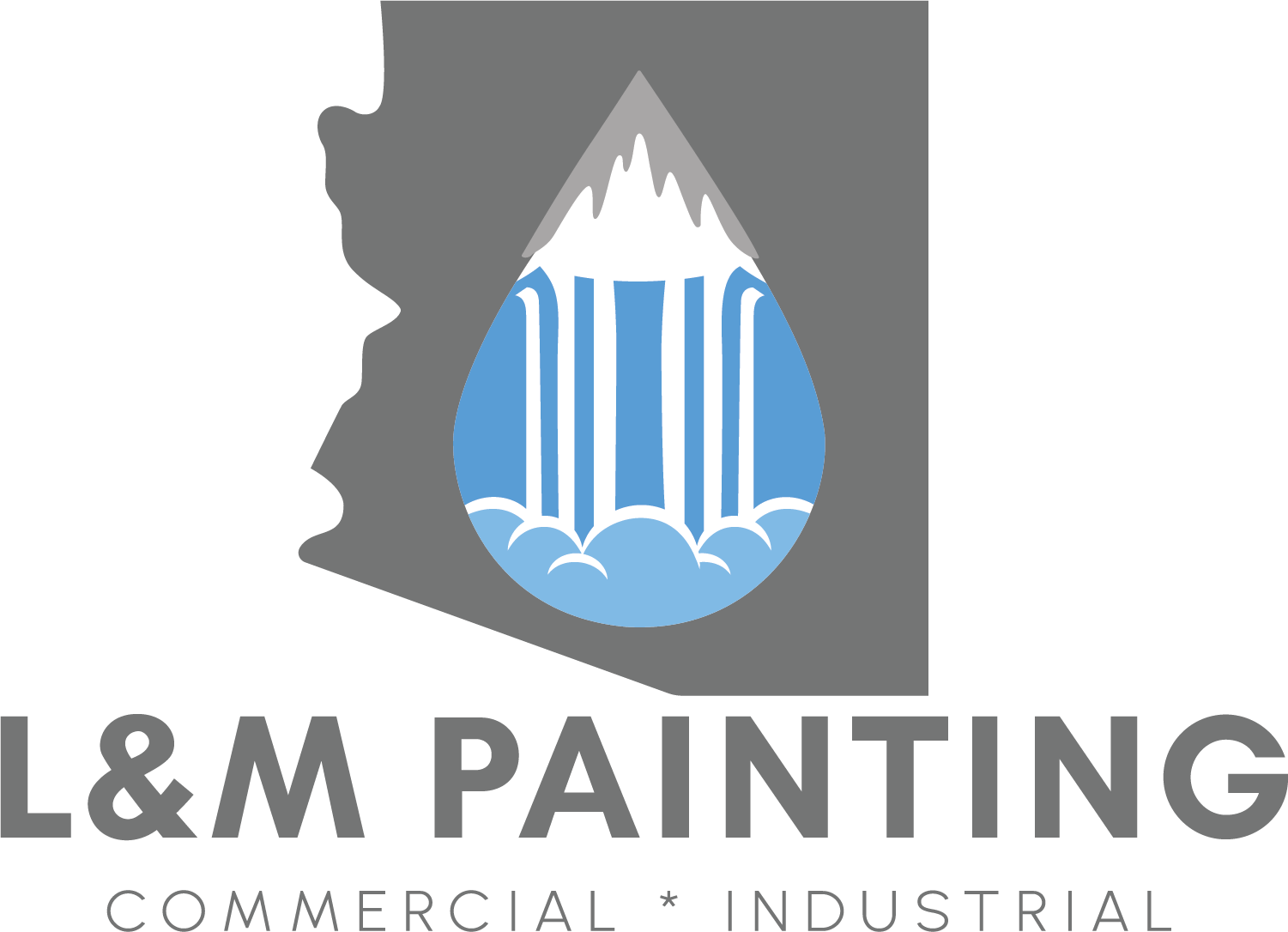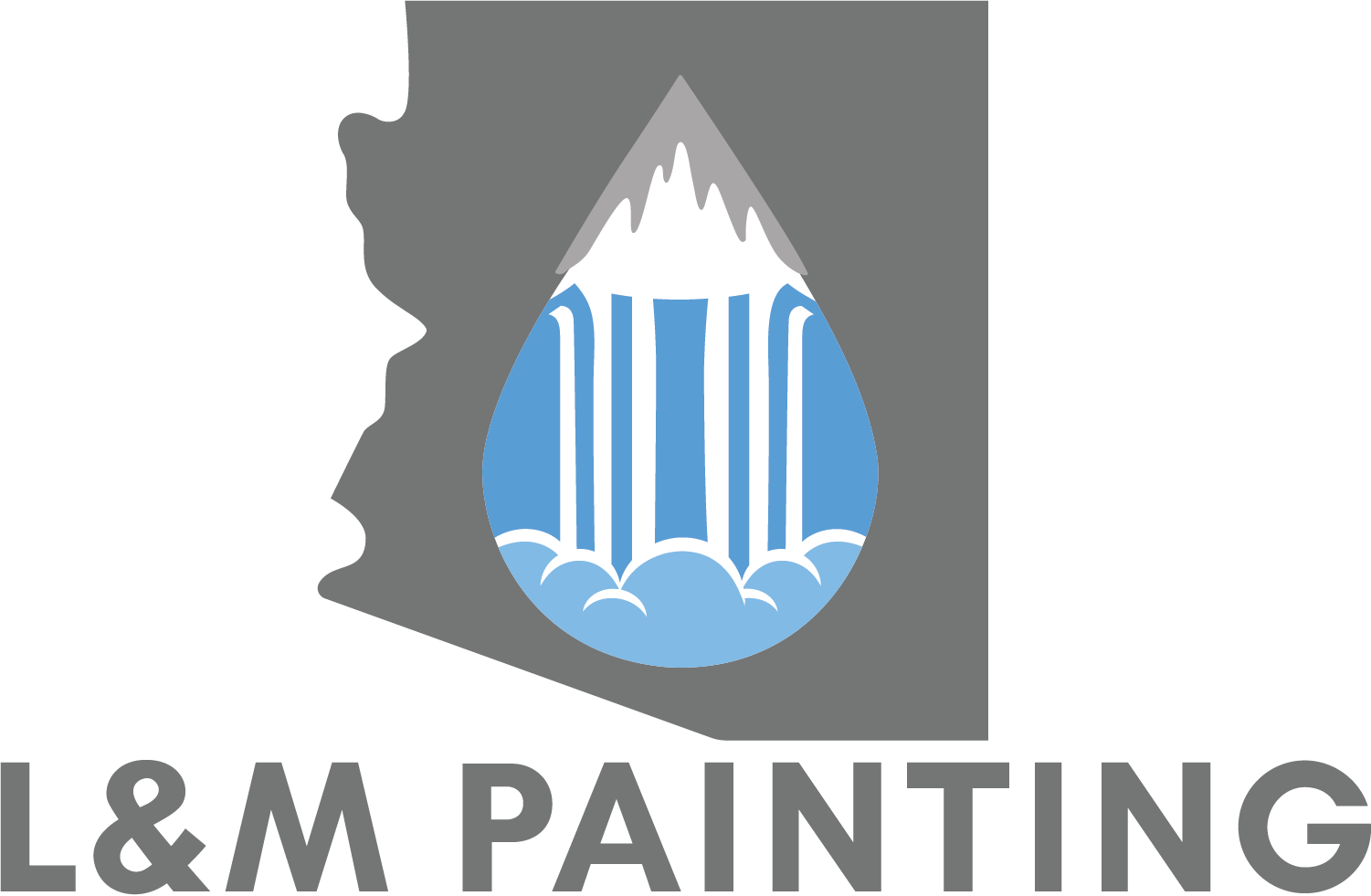Tank Coatings (Water, Fuel & Chemical Storage)
Comprehensive Industrial Tank Coating Services
Industrial tanks face some of the harshest conditions in any facility—from chemical exposure and high humidity to UV radiation and temperature extremes. At L&M Painting, we specialize in protective coatings for industrial water tanks, fuel tanks, and chemical storage units. Our expert team applies corrosion-resistant epoxies, polyurethanes, and hybrid coatings that meet regulatory requirements while extending the tank’s service life. Whether for new construction or restoration, we protect your investment and keep your containment systems secure.
- Water treatment and potable water tanks
- Fuel and chemical storage tanks
- Corrosion-resistant coatings for industrial tanks
- Protective coatings for municipal water reservoirs
- Secondary containment coatings
- Tank restoration and recoating services
Call Us Any Time
Industrial Tank Coating FAQs
Frequently Asked Questions
Tank failures can lead to environmental hazards, regulatory violations, and major financial loss—which is why choosing the right coating contractor is critical. We don’t just coat tanks; we restore integrity, compliance, and long-term reliability to every asset. Our experience includes coating applications for potable water, flammable fuels, and aggressive chemicals—all completed with rigorous surface prep and application controls. Trust L&M Painting to deliver coatings that keep your operations safe and your infrastructure protected.
1
What types of coatings are best for water, fuel, and chemical storage tanks?The right coating depends on the tank's contents and exposure environment. For potable water tanks, NSF-approved epoxies are commonly used. Fuel tanks often require solvent-resistant coatings like polyurethanes or coal tar epoxies, while chemical storage tanks need high-build, chemical-resistant coatings such as novolac epoxies or polyurea systems to withstand corrosive substances.

2
How often do industrial tanks need to be recoated?Recoating schedules vary based on environmental conditions, coating type, and tank usage. Generally, tanks should be inspected every 5–10 years, with recoating often needed every 10–15 years for optimal performance. Regular maintenance and inspections help extend coating life and avoid costly structural damage.

3
What surface preparation is required before applying tank coatings?Proper surface preparation is critical and typically includes abrasive blasting to SSPC or NACE standards. This removes contaminants, old coatings, and corrosion, creating a clean, profiled surface that allows for maximum adhesion and performance of the new coating system.

4
Are your coatings compliant with environmental and safety regulations?Yes, L&M Painting applies tank coatings that comply with all applicable EPA, OSHA, and NSF standards. We use certified materials and follow best practices to ensure safety, environmental responsibility, and full compliance with local and federal regulations for water, fuel, and chemical containment.


